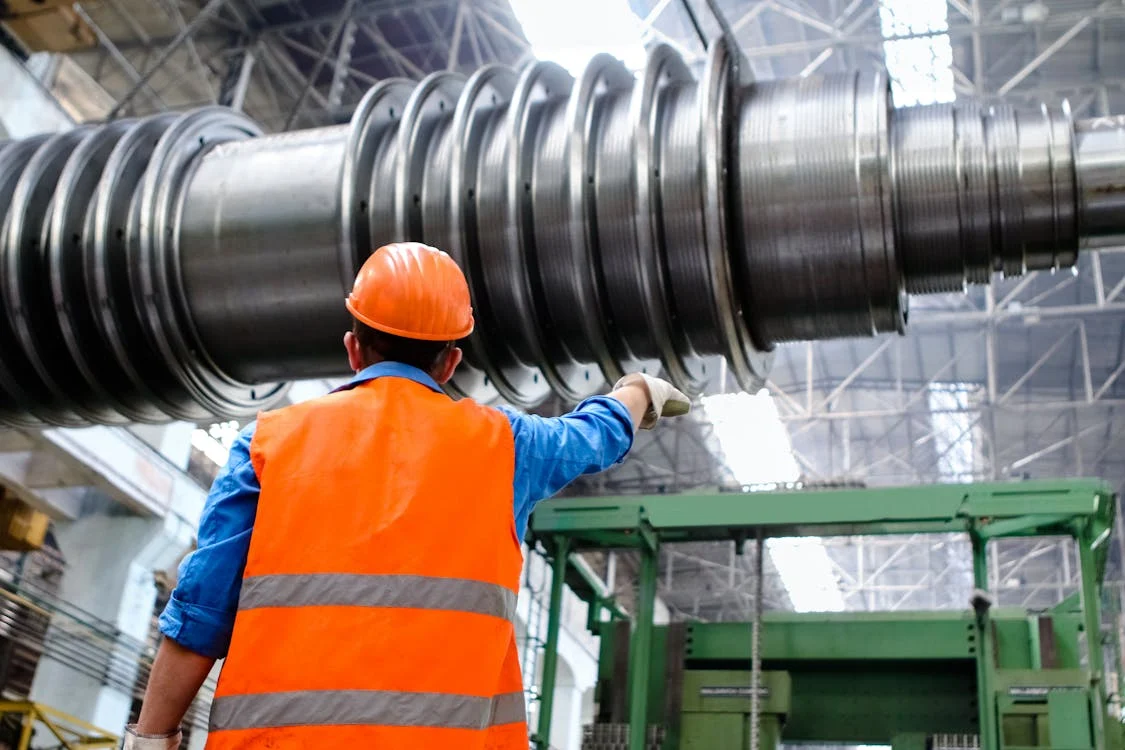The economy relies on truck drivers. Businesses and customers alike rely on them to deliver products. Although the basics will probably remain the same, there are a lot of new trends in trucking that are making a splash. Tools for providing data in real-time are used to track almost all vehicles. It is now feasible to have collaborative shipping operations and optimum loads. All these creative ideas are bound together by cutting-edge transportation technology. To what extent do the most popular technological developments impact this sector?
1. Monitoring in Real-Time

Logistics firms can now closely monitor their drivers and freight cars using Internet of Things (IoT) sensors, data analytics, and machine learning. Along with real-time information on local weather and events, they can also view the exact location of a truck and its expected trip time. To further aid in reducing supply chain fraud and theft, remote operators can even check the security of products in transit.
All the more reason for these businesses and their drivers to always be in touch and connected thanks to real-time monitoring technologies. As per many pieces of truck driver news, the whole fleet can be coordinated in advance with its help.
2. Self-Driving Vehicles
Everyone, not only consumers, may benefit from autonomous and self-driving cars. Several vehicle manufacturers are actively working on or conducting road tests of autonomous trucks. Recently, an autonomous driving system successfully guided a freight truck across the whole country. The truth is far brighter than the frightening inference: many long-haul truckers will lose their jobs.
For the foreseeable future, manual drivers will be essential. These systems prioritize swiftness, accuracy, and security in their design. When they’re ready, they’ll probably take over jobs that humans can’t do. That is to say, exceedingly short breaks on extremely lengthy road journeys with an extremely tight schedule. The drivers and other drivers on the road will be safer. Also, because AI doesn’t require regular breaks or sleep, it can quickly cover greater distances. It will be fascinating to observe this progress.
3. Less Dangerous Journeys
Installing safety-focused technology can enhance driving experiences for vehicles that won’t be driven by AI.
Picture a freight truck that allows the driver a little break while securely navigating to their destination. Still, another might display augmented reality information directly on the dashboard, such as blind spot alerts, back camera views, accident avoidance, and several other features.
Lane departure warnings, stability control and assistance, speed alerts, real-time traffic alerts, and similar technologies are also quite practical. They can prevent a sleepy and distracted motorist from colliding with an obstacle or reaching their destination quickly.
These safety measures may also improve CSA scores for companies or fleets. Customers and service providers can look up a business’s history, including driver records, using this safety assessment method and standard. More efficient and risk-free births are associated with a higher CSA score.
4. Coordination and Collaboration
Picture this: amid a massive blizzard, a truck has mechanical problems or becomes stranded on a snowbank. Anything kept in the trailer will experience delivery delays because there is no way to acquire it for free, at least for now. That is, unless operators from a distance can dispatch a backup truck to pick up the commodities and deliver them to their ultimate destinations.
Data and communication technologies that are available in real-time provide just that kind of solution. As a result of the information flowing in, drivers and their remote colleagues can resolve problems more efficiently. It makes for a smooth freight operation free of hiccups and gives clients an exceptional experience. At busy shopping times, it comes in handy.
5. Streamlined Shipping
Fleet managers and drivers may utilize the technology to make speedier trips, similar to how customers use Google Maps or Apple Maps, with step-by-step directions. Even before setting out on a journey, the technology may assist drivers in mapping out and planning the routes to all necessary stops.
Many factors, including traffic, accidents, construction, weather, and trip times, may be accounted for by planning tools using incoming data. The system can make minor changes to prevent delays after a trip has begun. The upshot is more efficient road routes, leading to safer travel and faster delivery.
6. Staffing at the Last Minute
Recruiting and organizing fresh personnel may be a real challenge at times of extreme demand, such as the holiday shopping season. Online transportation employment forums that are mobile-friendly might make it easier to find and hire the right people. Qualified personnel with all the required training are considerably simpler to locate. Teleconference interviews, digital background checks, and the onboarding process may all take place remotely.
A crowdsourced, dependable solution is now available, allowing businesses to immediately increase their fleet numbers.
Bonus – Digitized Supply Chain
The supply chain is already feeling the effects of digital technologies. The supply chain of the future will likely be entirely digital.
From raw material suppliers to the final consumer, everyone in the supply chain will have real-time access to and the ability to transmit data. So, when a consumer places an order, they will be able to receive real-time updates on the item’s availability and estimated delivery time.
In reality, many online stores currently employ automated systems to inform consumers when their orders will be sent and the current stock levels. The transportation sector is also likely to benefit from this technology’s expansion. It’s more than just having good customer service and being able to exchange information fast.
The trucking industry is also likely to adopt this technology shortly. Immediate information exchange improves customer service and streamlines the entire process.
In the end!
To no one’s surprise, most cutting-edge trucking software aims to facilitate better communication between drivers and logistics providers while making drivers’ travels easier and safer. With demand rising across the board, these technologies can help drivers plan, get assistance when needed, and even schedule breaks to ensure a safe and efficient journey from pickup to drop-off.








